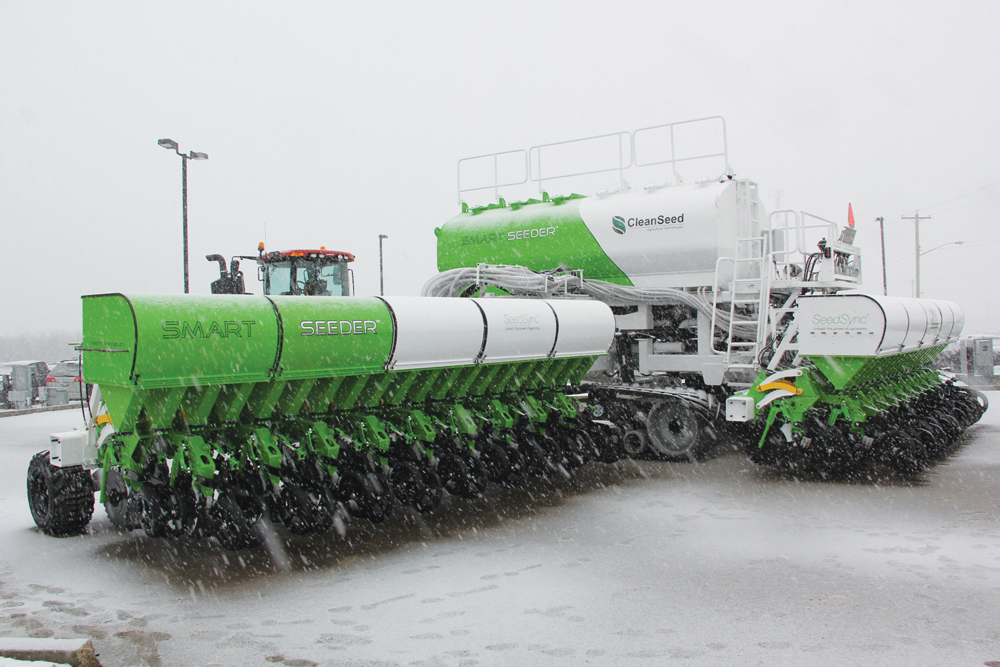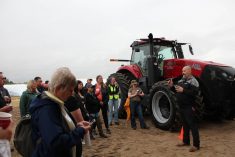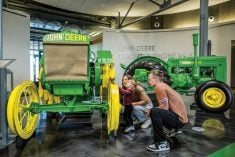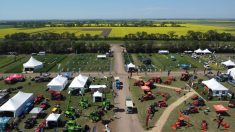Anyone walking the aisles of a farm show in Western Canada during the past couple of years has probably noticed a prototype of the Clean Seed CX6 Smart Seeder on display. It’s made the rounds to several shows during that time. But when the first production model was introduced to the public in early April at a special event outside the production facility in Steinbach, Manitoba, it looked a little different. The version of the drill that is about to hit the market includes a number of design improvements over the original prototype.
Read Also

Claas brings 1000 Series SP forage harvesters to Canada
In mid-August, Claas unveiled its new line of Jaguar forage harvesters at an event in Visalia, California, deep in the heart of that state’s dairy region.
As he stood beside the drill explaining its features just before the official launch ceremony began, Noel Lempriere, VP of marketing at Clean Seed Capital Group, explained the design changes were made to both better facilitate the manufacturing process along with improving the drill’s overall durability and efficiency.
One of the most noticeable changes is in the design of the row units. The initial prototype had row units that looked very similar to a corn planter, with a small hopper mounted directly above each opener that followed it over the field contours. Instead, the production model will have the individual row unit hoppers with their metres mounted rigidly on the toolbar frame. Only the openers will follow the field contours. That, says Lempriere, will improve durability and at the same time reduce manufacturing costs.
The production version of the CX6 is the culmination of many years of R&D work by two generations of the Lempriere family, explained Graeme Lempriere, Clean Seed’s CEO and president, during the official launch ceremony.
“My dad is 94 now, and he started doing this 20 years ago,” he told the crowd of visitors. “He started designing his own technologies from the ground up and was one of the first people to start looking at the electronic aspect: how we meter and control the product that goes into the ground.”
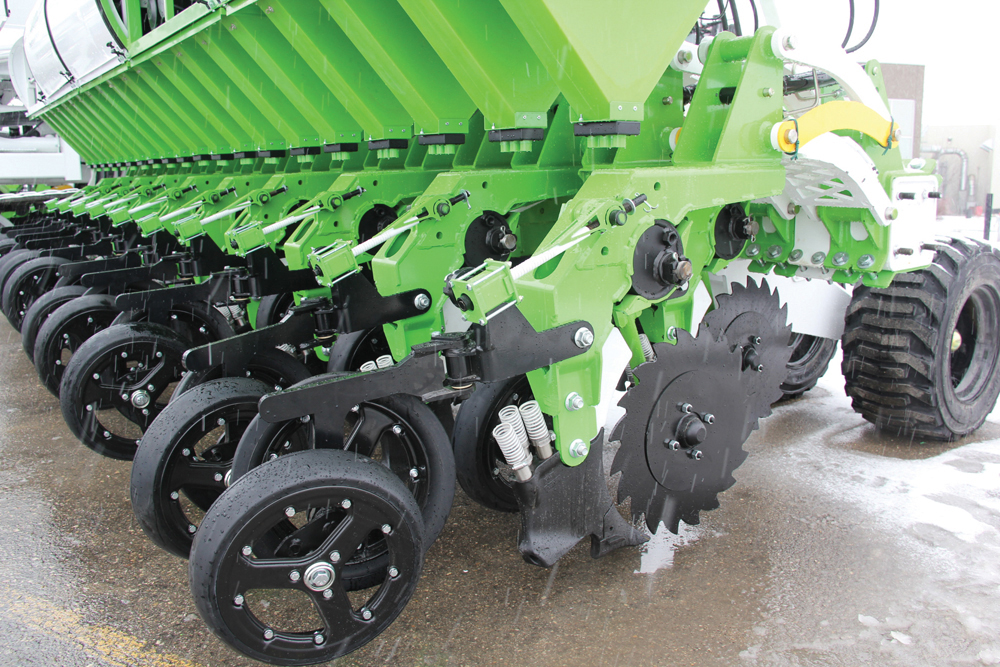
The in-cab controller will be a PC-based tablet. The CX6 has the ability to deliver six separate products to each opener and meter them directly at each seed row, so it can work with very high resolution prescription maps along with alternating seed varieties throughout the field.
“As we (farmers) scaled up, we improved our fertility and chemical practices,” says Colin Rosengren, VP of product development and a Saskatchewan farmer. “I think some of the compromises we made in distribution (on a drill) and that type of thing were muted by the fact we made bigger advancements in other stages. This machine brings the ability to not have to make any of those compromises.”
All models coming off the line at the Steinbach, Manitoba, production facility will initially have a 60-foot working width. But it’s possible that will change in the future, according to Noel Lempriere.
At the launch ceremony Graeme Lempriere announced the company had decided to make the Rocky Mountain Equipment dealership chain its exclusive distributor, and RME will take possession of the first few models to come off the line in order to hold field demonstrations for interested farmers across the prairie over the early summer.
“Our plan is to complete 16 strategic demos across Western Canada at five different dealerships,” says Jim Wood, VP, agriculture at RME.
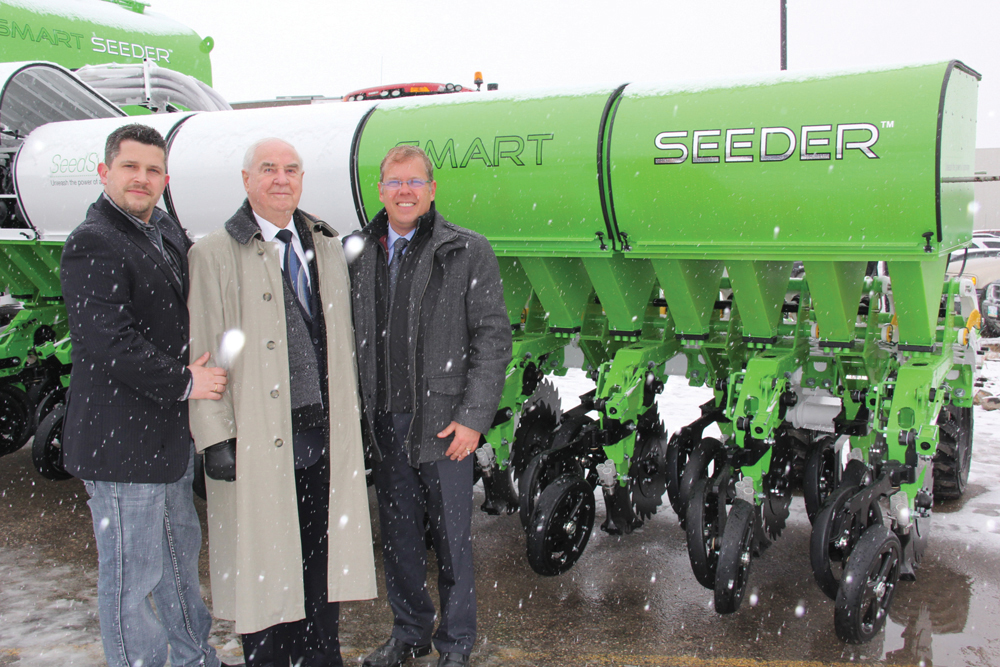
One of the locations farmers will be able to see the CX6 at work is the upcoming Ag in Motion farm show near Saskatoon in July. RME will seed a test plot with a CX6 this spring, then bring it back for a practical demonstration during the show days.
“Once we finish demos and testing, we’ll get feedback,” adds Wood. “MSRP will be somewhere north of $600,000. I would say any time after June or July we’ll be available for orders.”
Click here for a video look at the official launch event and interviews with company executives.


